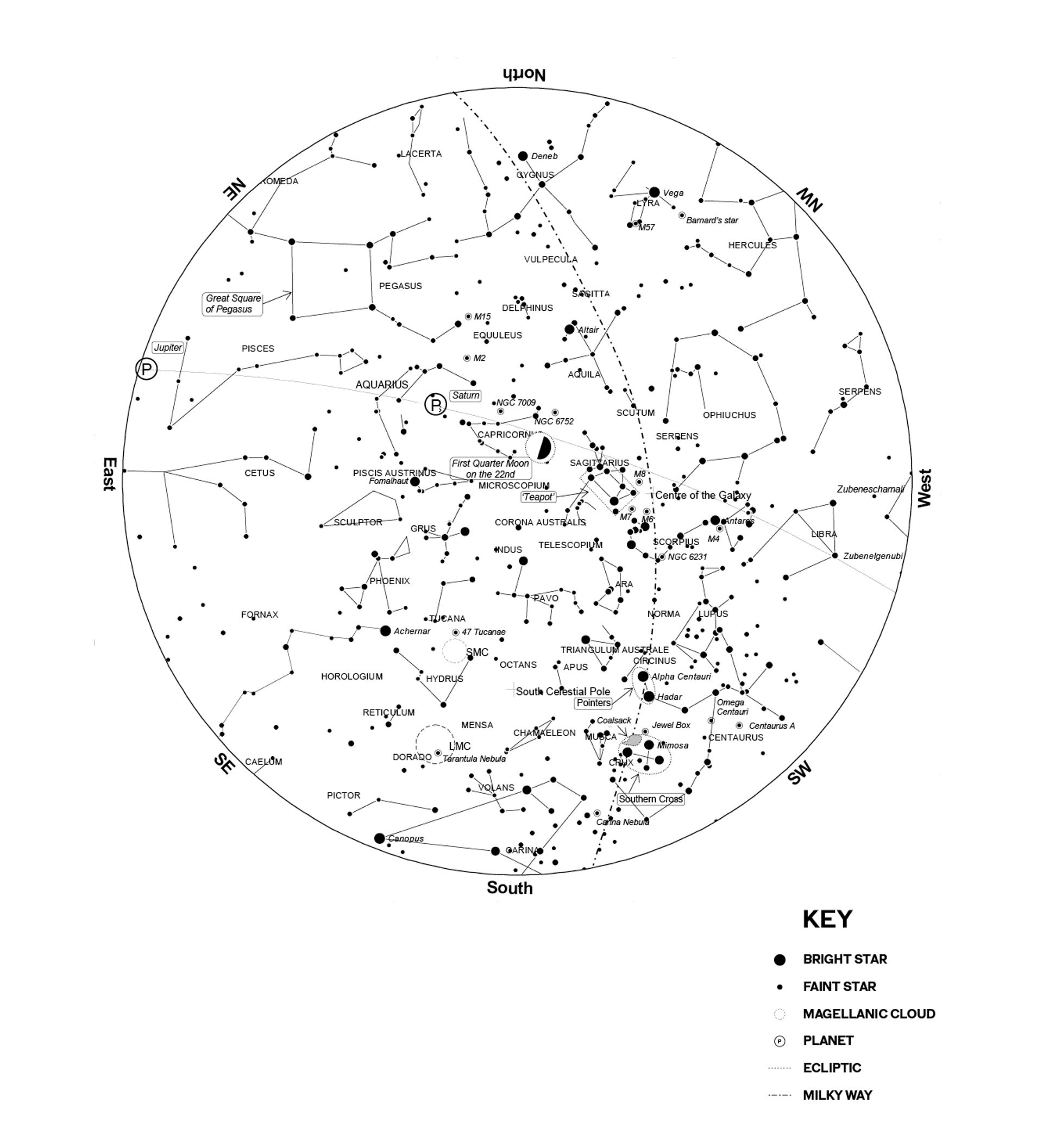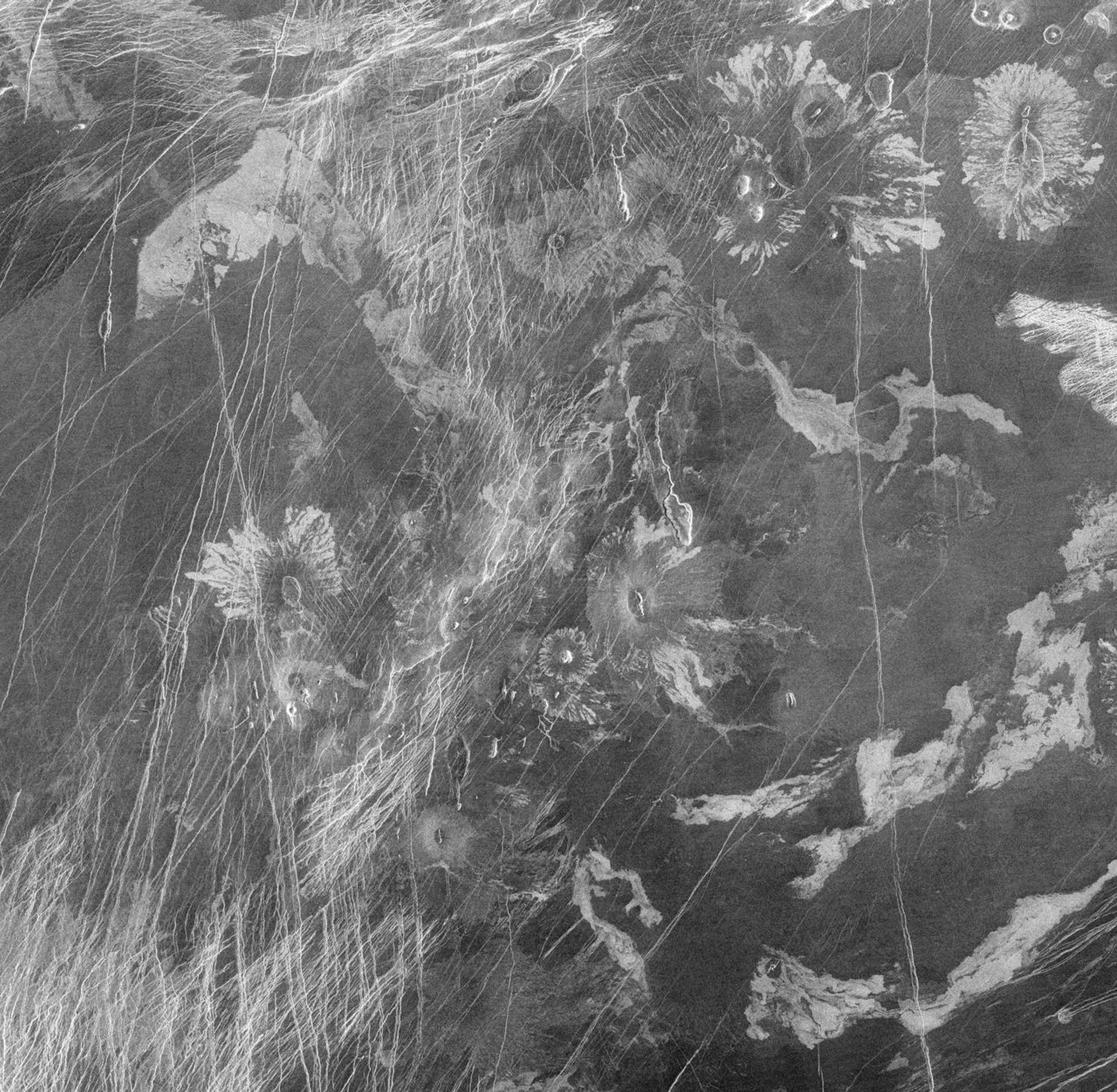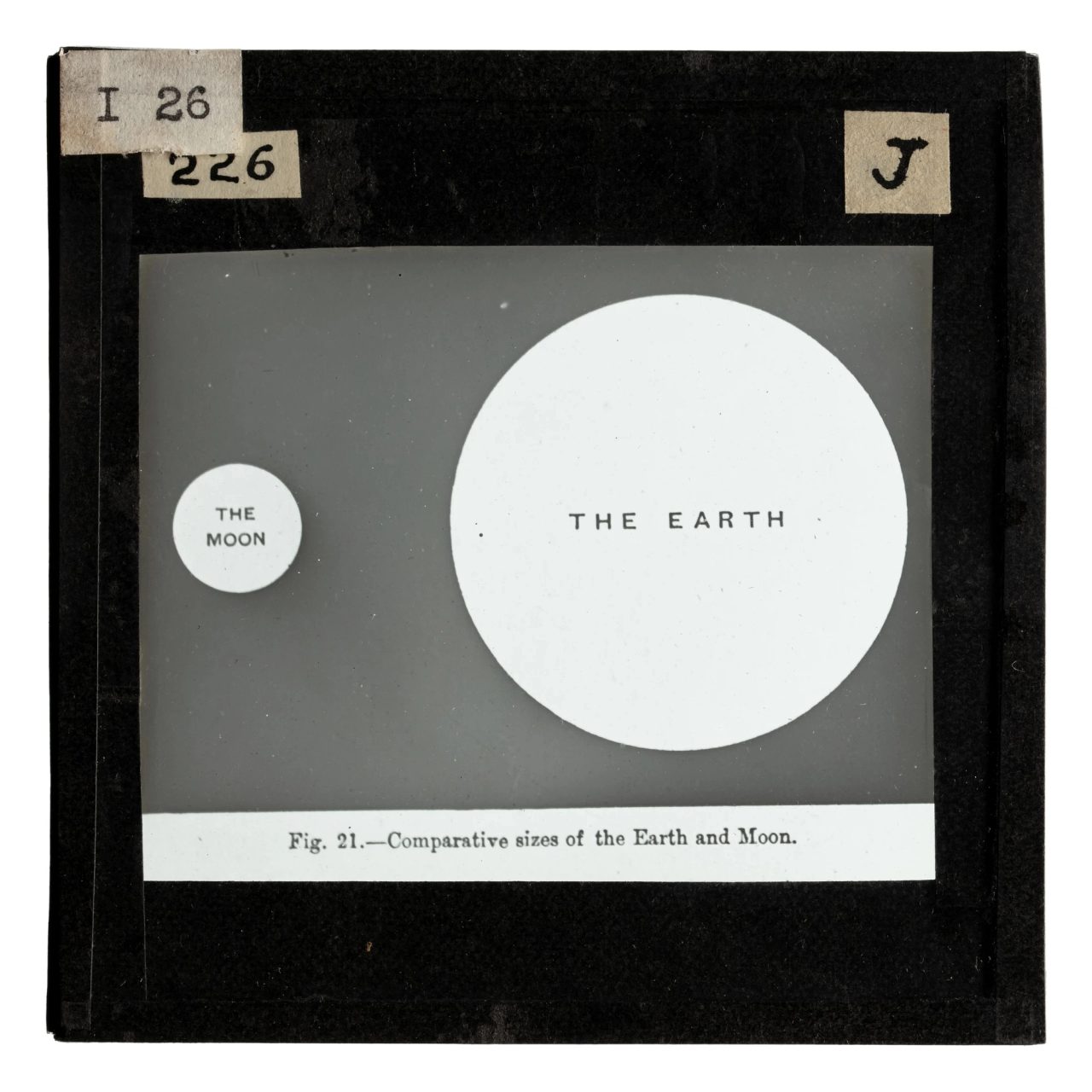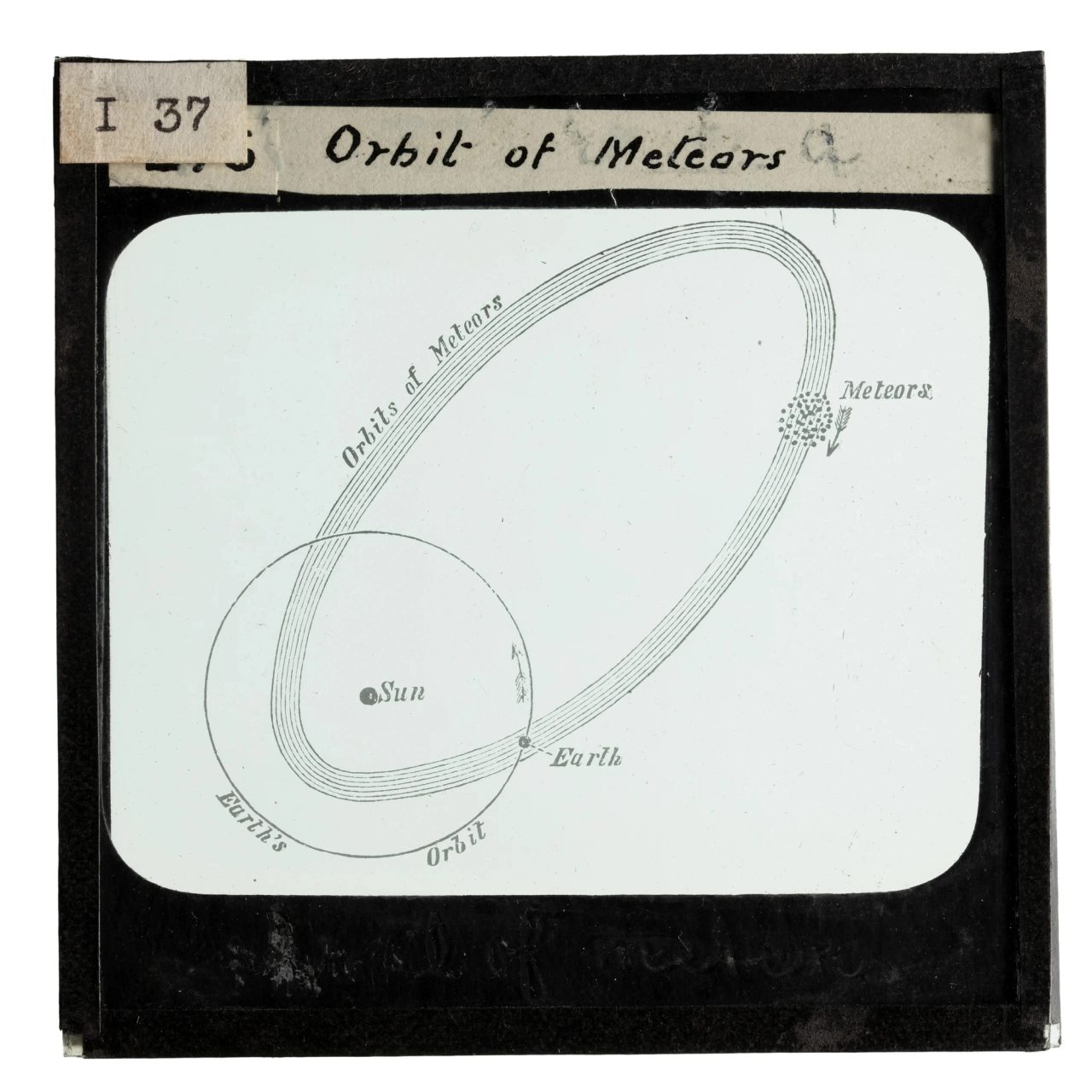Sky Guide October 2023

‘Please remember that Daylight Saving Time starts at 2 am on Sunday 1 October in New South Wales, Australian Capital Territory, Victoria, Tasmania, South Australia and Norfolk Island. Put your clocks forward one hour. If you rely on a smartphone the adjustment is automatic.’

Constellations
Constellations are groups of stars that represent mythological figures, fanciful beasts or old scientific instruments. Some have been used for millennia as a tool to share significant cultural stories and to track the passage of the weeks and months. Today, they also help astronomers delineate portions of the sky and locate astronomical objects. In October, in the early evening, the following constellations dominate the sky.
Crux or the Southern Cross as we all know it, is in the south-east in October and upside down each evening. At about midnight it reaches its lowest point in the sky, very close to the southern horizon where it will be difficult to spot unless you have an unobstructed view due south.
Scorpius this is your final chance this year to spot the Scorpion as he dips into the western horizon. If you have a very dark sky (and the Moon is not up) you will see the Milky Way, our galaxy, from which Scorpius appears to dangle, hanging by his hooked tail as he descends.
Capricornus an odd creature composed of a goat’s head and forefeet joined to the tail of a fish. Like Scorpius, Capricornus is a zodiac constellation — one through which the Sun passes — and among the most ancient of constellations. The Greeks identified him with Pan, their god of the countryside. He was a naughty little goat who chased women and seduced them. One attempted conquest failed when his target leapt into a river and disguised herself as a bunch of reeds. On grabbing the reeds Pan heard the wind blowing tunefully through them, and the Pan flutes were born.
Grus just to the south-east from Capricornus is a bright star. This is Fomalhaut and it represents the mouth of Piscis Austrinus, or the Southern Fish. But I only mention this because it’s a guide to the constellation of Grus, the Crane. A modern constellation, dating from the 1500s (well, relatively modern) it looks to me more like a scimitar with a great curving blade. It’s one of my favourite spring constellations.
Cygnus the Swan is low by the northern horizon in October. Stories connected to Cygnus are somewhat convoluted. One of them tells us of how Zeus pursued Nemesis, the Nymph. She was uninterested however, so Zeus disguised himself as a Swan and caught her. Nemesis then produced an egg from which hatched the beautiful Helen of Troy. The tail of Cygnus is marked by the bright star Deneb. This blue-white star is a giant and more than 100 times the size of our Sun. Even at its vast distance of 3000 light-years from us it is still among the brightest stars in the sky. If it were as close as Alpha Centauri (the closest star to the Sun at just 4.5 light-years away) it would cast shadows at night.

Planets
This month Venus is a morning planet (the ‘morning star’) and Saturn is visible in the evenings. Jupiter is up for most of the night. If you have trouble identifying planets from stars, the Moon comes to your aid.
The best time to view the planets will be an hour or so before sunrise (before they fade from view), or soon after sunset (before they set).
Venus this month is the ‘morning star’, a bright, white ‘spotlight’ visible in the east before dawn. It remains in constellation Leo all month and reaches its maximum separation from the Sun, called ‘maximum elongation west’ on 24 October, before moving back closer towards the Sun.
Jupiter the King of the planets, bright and yellowish, begins the month low in the east, in constellation Aries, a couple of hours after sunset. It remains up all night, ending each night in the north-western sky shortly before dawn. It is currently near ‘opposition’ (that occurs on 3 November) the time when Earth passes between it and the Sun. At this time, Jupiter appears at its largest and brightest and is best placed for viewing. So, get your telescope out and observe its cloud bands, look for the Great Red Spot and watch its four Galilean moons (Io, Europa, Ganymede and Callisto) swinging back and forth night by night — this is one of the great joys of backyard astronomy. You can identify the moons with this Sky and Telescope tool.
Saturn yellowish like Jupiter but fainter, sits in the north and north-west, in constellation Aquarius all month.
Moon
Last quarter – Saturday 7 October at 12:48 am AEDT
New Moon – Sunday 15 October at 4:55 am AEDT
First quarter – Sunday 22 October at 2:29 pm AEDT
Full Moon – Sunday 29 October at 7:24 am AEDT
Let the Moon be your guide to the planets. On 2 October, before dawn, the gibbous Moon sits below Jupiter. On 11 October, again before dawn, the crescent Moon is below Venus (and star Regulus is just to the left of Venus). On 24 October, in the evening this time, a gibbous Moon is just above Saturn and on 29 October an almost full Moon is below Jupiter.
Deep Sky
Explore the universe through your binoculars or a telescope and take in some of the gems of the October sky. The following look their best with no Moon in the sky:
The Magellanic Clouds and 47 Tuc with binoculars look south for our neighbouring galaxies the Large Magellanic Cloud (LMC) and the Small Magellanic Cloud (SMC) both about 200,000 light-years away from us. You will see fields of stars and maybe a hazy nebula. Beside the SMC the fuzzy, dandelion-like star you see is in fact the globular cluster 47 Tucanae, better known simply as ‘47 Tuc’. Just 16,000 light-years away it’s a ball-shaped group of stars on the edge of our galaxy. It contains hundreds of thousands of ancient stars most of them several times older than our Sun.
Turn your binoculars northwards to spot little Delphinus, the dolphin constellation, and then scan slowly along the Milky Way to spot clusters and nebulae galore.
The Ring and Lagoon nebulae with a larger telescope, one with tracking motors and computer control, you can easily locate the Ring nebula, M57, a ‘smoke ring’ blown off by a dying star. And finally, under Moonless and dark country skies, dive into the Lagoon nebula and contemplate the grandeur and timeliness of our vast and surprising universe.
Other events
In October 2023 also look out for the following events and anniversaries:
14 October an annular solar eclipse, but not visible from Australia. If you are travelling catch an annular solar eclipse whose path crosses the USA, central America, Columbia and Brazil. You will need the correct eye protection to view this eclipse.
21 October the Orionids meteor shower is at its best Visible throughout October but best seen in the early hours of 21 October. The Orionids are fast meteors, radiating from just below Betelgeuse, Orion’s orange-coloured shoulder star, in the northern sky. The first quarter Moon sets at 1 am on 21 October making this shower well timed for viewing this year. From 1 am until dawn look towards Orion and overhead. You may see 5-10 good meteors each hour. These meteors originated as dust expelled from Halley’s Comet.
21 October is International Observe The Moon Night. It is the Saturday closest to the first quarter Moon, and a great opportunity to view the Moon. Look along the terminator — the line dividing night and day on the Moon — where shadows are at their longest (it is sunrise on the Moon) and the details most clear.
29 October partial lunar eclipse, visible from Central and Western Australia. This occurs in the early morning (starting 6:05 am Adelaide; 5:05 am Darwin; 3:35 am Perth) and is visible low in the western sky. From Adelaide and Darwin the eclipse is still in progress when the Moon sets at 6:16 am. Perth sees the whole event with the eclipse ending at 4:54 am. This eclipse is completely safe to view by naked eye, however the Moon will not turn a reddish colour like it does during a total lunar eclipse, and only a small portion of the Moon is in shadow. The last lunar eclipse visible from Australia was the total lunar eclipse of 8 November, 2022 and the next one visible will be a total lunar eclipse on 8 September, 2025. All times stated here for this eclipse are local and include daylight saving, where observed.



















